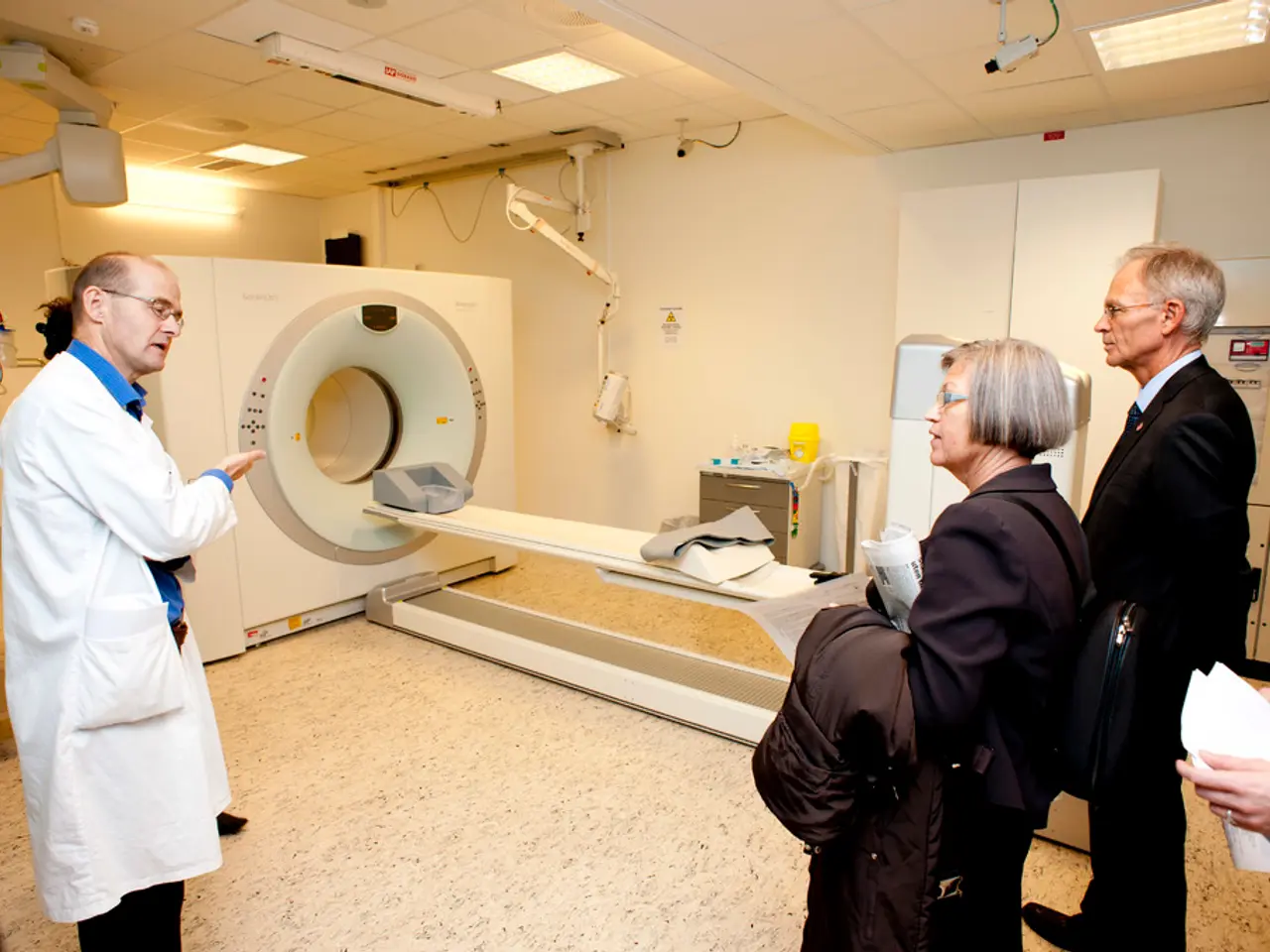Challenges with Artificial Intelligence in Healthcare Technology: Solutions Discussed
In the rapidly evolving landscape of healthcare, the integration of Artificial Intelligence (AI) has emerged as a game-changer. For companies operating in the healthcare sector, particularly hospitals, healthcare providers, and medical technology firms, the key to fully exploiting AI's potential lies in interoperability with solutions from industry leaders such as Epic, GE Healthcare, 3M Health Care, INFINITT, Guerbet, Ricoh, Canon Medical, and Roche Diagnostics.
This interoperability requires the use of standardized data exchange frameworks and interoperable IT systems based on standards such as HL7 and DICOM. By ensuring seamless and secure data integration across different platforms and clinical environments, these systems pave the way for a smooth flow of information, enabling AI to deliver its life-saving potential.
The benefits of this approach are far-reaching. AI in wearables, monitoring, and imaging is projected to save hundreds of thousands of lives and billions of pounds. A 2023 study by Accenture estimates that generative AI could automate 28% of work time in healthcare, while an earlier study by Deloitte suggests that the combined effect of eight AI applications could save 400,000 lives annually across Europe and deliver 200 billion EUR in annual savings.
However, the journey towards AI integration is not without challenges. Data acquisition, interoperability, data cleansing, and privacy are specific issues the HealthTech industry faces. To address these challenges, a patient-centric, single data platform approach is essential. This approach not only enables easier and more streamlined deployments of new AI applications in the health sector but also ensures the normalization and aggregation of data from various sources.
Moreover, the platform should automate labelling, a critical process for training supervised machine learning models. It should also track data lineage, allowing developers to use subsets to train predictive models, keeping the link back to the full dataset to ensure context is retained. Additionally, data must be cleansed, labelled, and rendered interoperable through conformity with a standard such as HL7 FHIR.
The challenges of data preparation for AI applications are often underestimated, but the single platform approach is the best way to overcome them. For instance, AI applications in medical applications must aggregate data from multiple sources such as Electronic Health Records (EHR), next-generation sequencing labs, patient questionnaires, and others. Imaging AI and ML applications need to bridge siloed imaging data and disparate Picture Archiving and Communication Systems (PACS) for effective use.
Achieving interoperability requires knowledge of healthcare data and systems, and compliance with a range of healthcare protocols and standards. Multi-source datasets in healthcare depend on interoperability and compliance with multiple data standards within the sector.
In conclusion, a single data platform approach is not just a trend; it's a necessity for the healthcare sector's commercial success. By ensuring seamless data integration, automating critical processes, and overcoming data preparation challenges, this approach is paving the way for AI to deliver on its promise of saving lives and revolutionizing healthcare.







